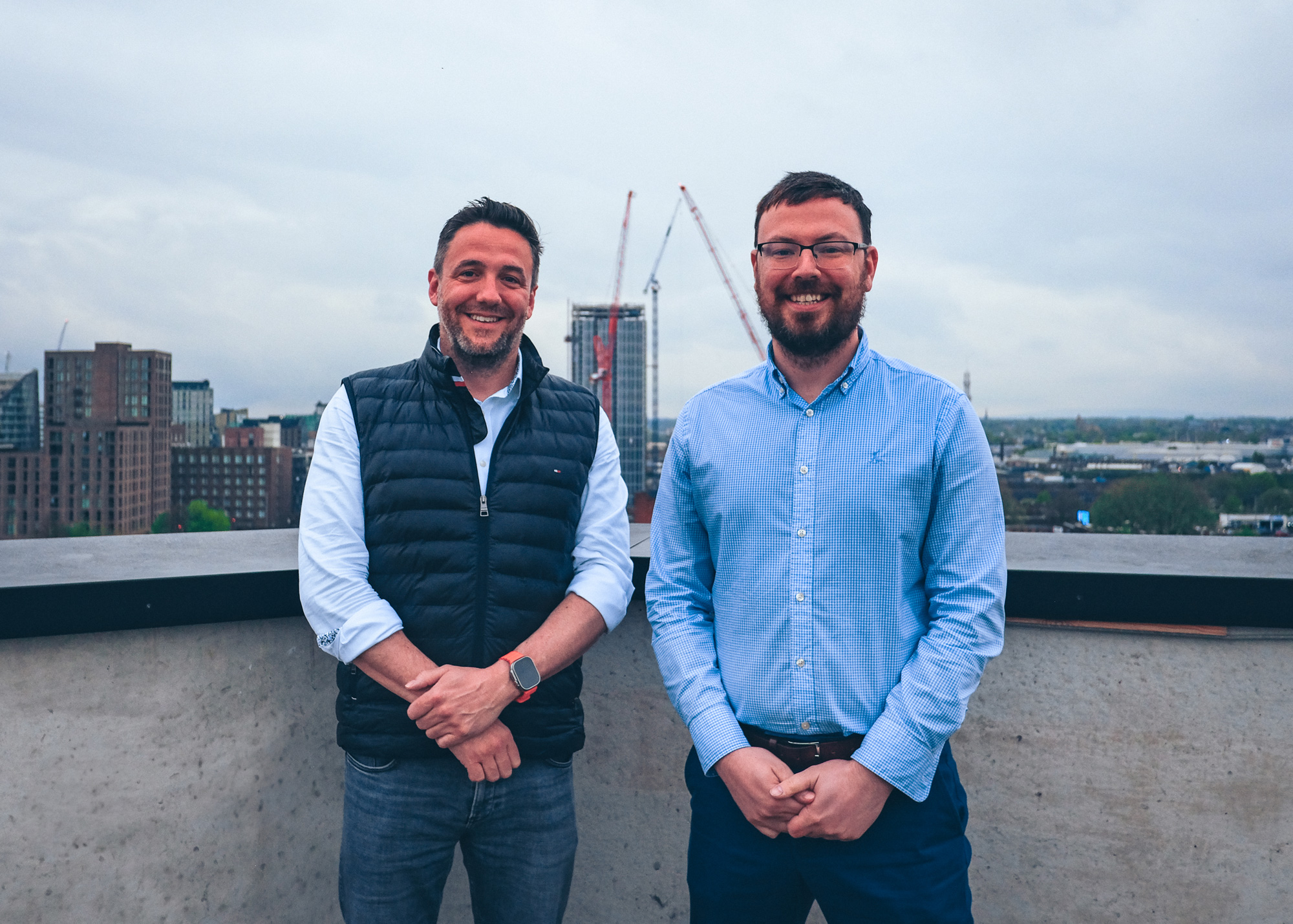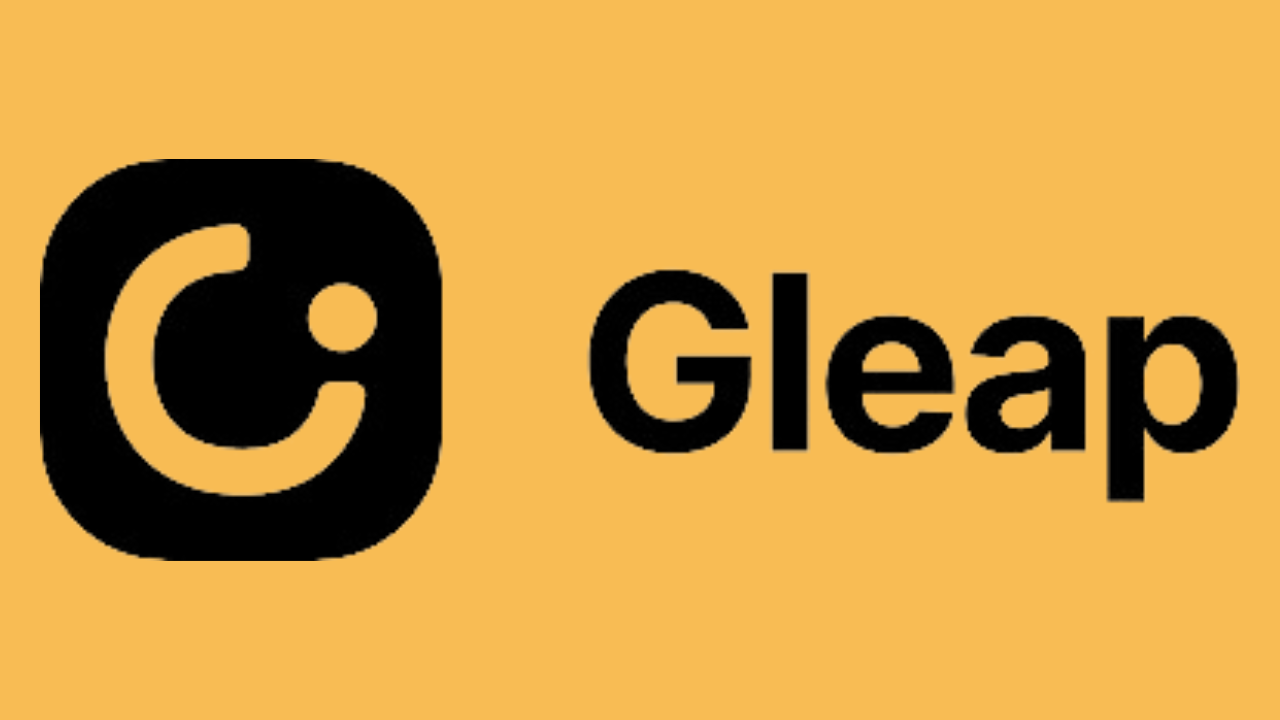SaaS and multi-tenancy SaaS are terms that get used frequently and it’s assumed that the benefits of these types of applications are clear and obvious. In the construction and engineering industry there is still a legacy of installed systems, outsourced single tenancy bespoke builds alongside companies who build their own.
This blog explains what multi-tenancy SaaS is and draws attention to 5 significant benefits that should be considered before building a bespoke solution.
What is multi-tenancy SaaS?
Multi-tenancy SaaS is a Software as a Service (SaaS) architecture that allows multiple users to share a single instance of software. The data for each organisation is stored separately, but there's still only one code base for the entire system.
Multi-tenant software is therefore a single system that is shared by multiple customers, which can be thought of as tenants. This allows tenants to share resources such as databases, web servers or file storage while still maintaining individual data isolation through firewalls or other security mechanisms like authentication and authorisation.
The key benefits of multi-tenancy SaaS
Cost
In simple terms the increased efficiency of sharing software architecture massively reduces the overhead associated with a single tenancy solution. As you only have to pay for what you need, multi-tenant SaaS is far more cost effective than building and maintaining your own bespoke system. The lifetime cost of subscription software may appear higher than a one off bespoke build however the hidden costs of maintenance, support and further development are often ignored along with the other benefits set out below.
Flexibility
It’s simple to easily change or add features in the future without having to manage upgrading each instance separately. Through configuration and parameterisation different users and customers can enjoy their own permissions and feature sets. Over time users can enjoy additional and advanced features as an extension of their existing user experience. The burden of maintaining, developing and delivering flexible configurations and features does not sit with the customer and is shared across potentially hundreds of customers. Increasing flexibility and further driving down long term costs.
Scalability
Multi-tenant platforms are designed to handle a large number of users so they don't get bogged down by lots of traffic or usage compared with single tenant SaaS solutions which are often limited by hardware capacity and network bandwidth. The ability to scale and manage performance is more efficient and dynamic with the sharing of database architecture.
The infrastructure provided by Amazon Web Services or Microsoft Azure, for example, is optimised to support and manage variable usage whilst maintaining uptime and resilience in data back ups.
Shared benefits
Using multi-tenancy SaaS is ultimately a shared experience. Users will only manage and see their data but feedback for development arrives from all customers with good ideas embedded in the development process benefiting all users, not just one. With a bespoke or self built solution any further features must be entirely funded by a single customer.
Often with multi-tenancy SaaS these features arrive with the organic roadmap of the product or through subsidised development as multiple customers benefit from single enhancements.
Shared learning
A single tenancy solution benefits from the experience and learning of a single customer and user base. Multi-tenancy SaaS creates a community. Through centralised knowledge bases, FAQ’s and case studies all customers leverage the entire combined experience of every user. Hints and tips are shared quickly with feedback and cross fertilisation of best practice is possible in near real time.
So why live, work and learn in a silo when you can unlock the power and effectiveness of a shared solution whilst retaining information security and the flexibility of configuration in user experience and reporting.
Multi-tenancy SaaS has blown a hole in the “Not Invented Here” approach and progressively asset owners and supply chains are benefiting from utilising shared SaaS solutions and collaborating around their roadmaps and reporting requirements.
Raildiary is delivered as multi-tenancy SaaS capturing all the benefits described above to deliver the market leading site diary solution for the rail industry. To find out more about the benefits using Raildiary can bring, book a product demo with our team here.





